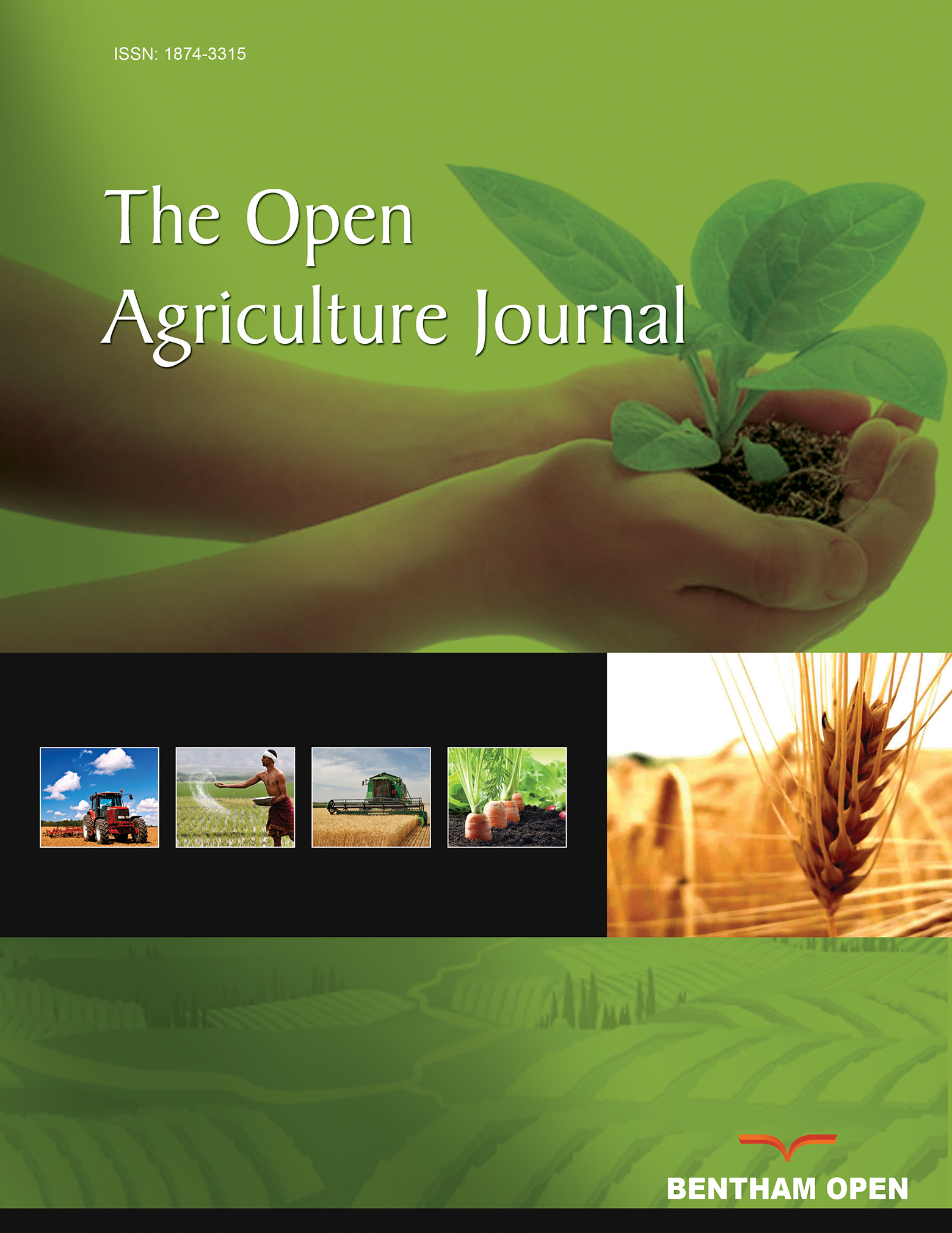All published articles of this journal are available on ScienceDirect.
The Growth-promoting and Antipathogenic Effects of Microorganisms Isolated from Solanum nigrum L. and Inoculated in Solanum lycopersicum L.
Abstract
Background:
In recent years, there has been a growing scientific interest in the biodiversity and function of endophytic bacteria, as well as the prospects for their practical use.
Objective:
The purpose of this work was to isolate endophytic microorganisms from generative organs of the European black nightshade (Solanum nigrum L.), assess their biological activity, and test their growth-promoting/protective effects in tomato (Solanum lycopersicum L.) plants.
Methods:
From the tissues of generative organs of S. nigrum plants, 14 strains of endophytic microorganisms were isolated. Most of them belonged to Bacillus sp. The physiological and biochemical properties and enzymatic and oxidative metabolism of some of them were studied. Sequence analysis of 16S rRNA fragments revealed 99,65% similarity of BA1s-OSN-0820 and BAXS-OSN-0820 isolates to B. amyloliquefaciens strains, while the ITS sequence of the RHC-OSN-0820 isolate showed 99,65% of similarity to Rhodotorula kratochvilovae.
Results:
The actions of these endophytes against tomato pathogenic bacteria and fungi were then tested. The isolates had a significant bacteriostatic effect against Xanthomonas campestris, the causative agent of black bacterial spotting of leaf, and Clavibacter michiganensis, the causative agent of bacterial wilt, with a lower effect against Pseudomonas syringae, the causative agent of bacterial spotting. Isolates also showed selectivity against micromycetes that cause mycosis in tomatoes grown indoors, such as Fusarium oxysporum, Alternaria solani, Botrytis cinerea, Sclerotinia sclerotiorum, and F. acuminatum. In particular, the highest antifungal activity was detected against S. sclerotiorum and fungi of the Fusarium genus. Inoculation of tomatoes with endophytic microorganisms revealed a positive effect on seed germination efficiency and the stimulation of seedling growth. Thus, the effectiveness of interspecific transfer of endophytic microorganisms from a wild, S. nigrum, to a cultivated Solanum species, S. lycopersicum, was reported.
Conclusion:
A consortium of plant-associated microorganisms isolated from a wild relative has a positive effect on the germination of tomato seeds, stimulating the formation of the root system and nutrition of seedlings. The antagonism of the isolates against phytopathogenic fungi and bacteria provides long-term protection during the most critical stages of plant development and has prospects for the development of microbial biologics for cultivated plants of the Solanaceae family.


